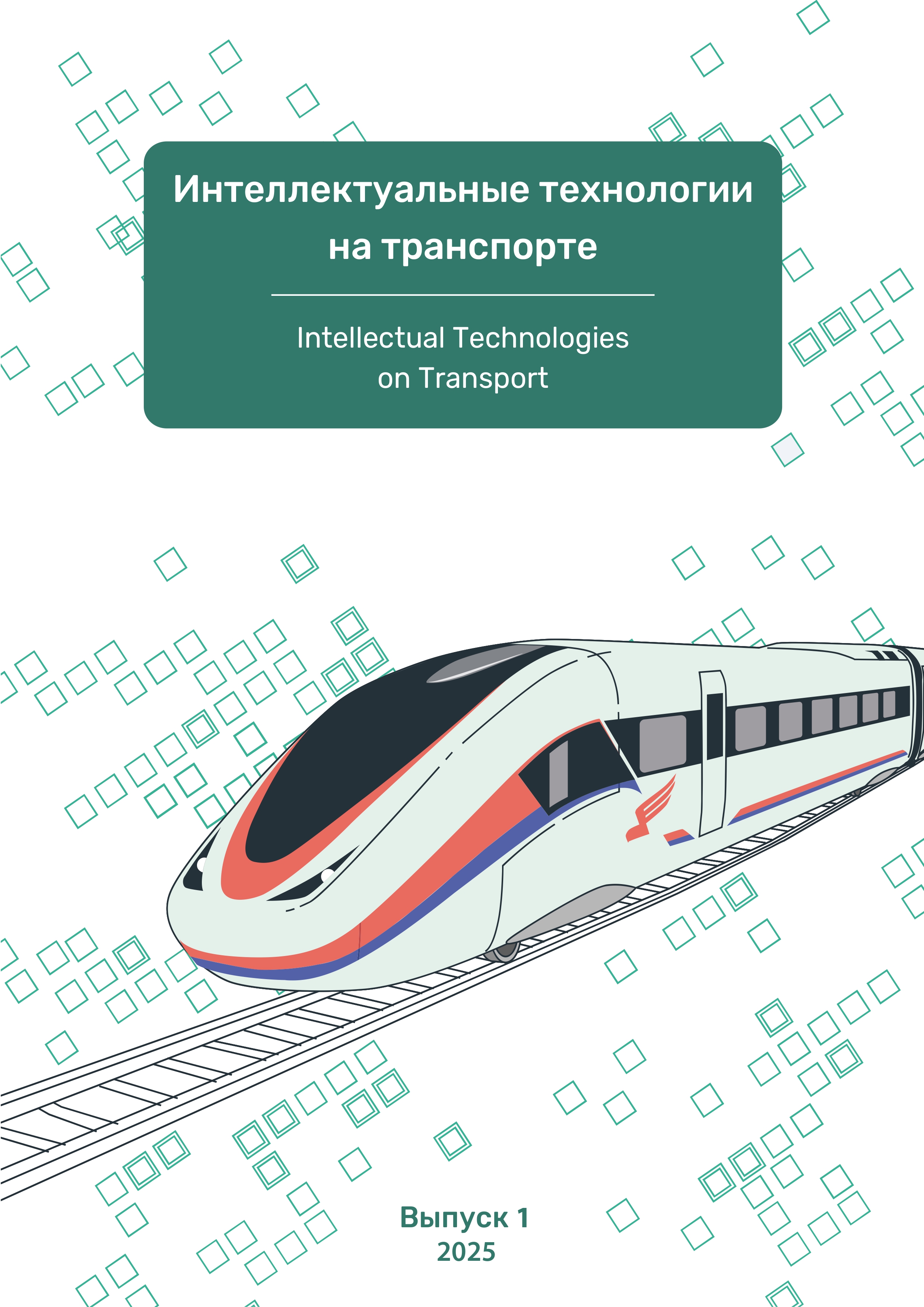St. Petersburg Federal Research Center of the Russian Academy of Sciences (Laboratory for Information Technologies in Systems Analysis and Modeling, Senior Researcher)
Russian Federation
from 01.01.2019 until now
UDC 519.7
The development of modelling tools is a key factor in the creation and implementation of intelligent (predictive) digital twins. As a rule, many complex objects (CO) are multi-mode, i.e. a priori they have the property of non-monotony. Changes in the content of the goals and tasks required from the object, as well as the destructive effects of the external environment, lead to uncertainty in the CO functioning, which is associated with the intensity and nature of their various modes of operation. Purpose: the stated above situation requires a new approach to the study of multimode non-monotonic systems in conditions of significant uncertainty. Results: the object operation modes in the form of vertices of functional integrity schemes of the general logical-probabilistic method (GLPM) of calculus shows that the functional structure of a multi-mode object becomes non-monotonic. This situation, as well as lack of knowledge about the intensity and nature of these modes’ use, required the authors to develop a model-algorithmic superstructure over the GLPM. It is based on the concept of a parametric genome of functional structures of multi-mode CO. Practical significance: the proposed approach made it possible to evaluate the indicators of structural and functional reliability and sustainability of such objects in the absence of knowledge about their operating mode cyclograms. Based on the approach outlined in the article, it is necessary to develop new methods that allow monitoring and management of CO operating modes.
digital twin, multimode object, functional integrity scheme, non-monotonic system, parametric genome
1. Xu X., Lu Y., Vogel-Heuser B., Wang L. Industry 4 and Industry 5.0 — Inception, Conception and Perception, Journal of Manufacturing Systems, 2021, Vol. 61, Pp. 530–535. DOI:https://doi.org/10.1016/j.jmsy.2021.10.006. EDN: https://elibrary.ru/YNXFNP
2. de Souza R. O., Ferenhof H. A., Forcellini F.A. Industry 4 and Industry 5 from the Lean Perspective, International Journal of Management, Knowledge and Learning, 2022, Vol. 11, Pp. 145–155. DOI:https://doi.org/10.53615/2232-5697.11.145-155.
3. Trauer J., Schweigert-Recksiek S., Engel C., et al. What is a Digital Twin? — Definitions and Insights from an Industrial Case Study in Technical Product Development, Proceedings of the Design Society: DESIGN Conference, 2020, Pp. 757–766. DOI:https://doi.org/10.1017/dsd.2020.15. EDN: https://elibrary.ru/TGZKBF
4. Fuller A., Fan Z., Day C., Barlow C. Digital Twin: Enabling Technologies, Challenges and Open Research, IEEE Access, 2020, Vol. 8, Pp. 108952–108971. DOI:https://doi.org/10.1109/ACCESS.2020.2998358. EDN: https://elibrary.ru/CELLZE
5. Okhtilev M. Yu., Sokolov B. V., Yusupov R. M. Intellektualnye tekhnologii monitoringa i upravleniya strukturnoy dinamikoy slozhnykh tekhnicheskikh obektov [Intelligent technologies for monitoring and controlling the structural dynamics of complex technical objects]. Moscow, Nauka Publishers, 2006, 410 p. (In Russian) EDN: https://elibrary.ru/QMPREP
6. Kalinin V. N., Kulakov A. Yu., Pavlov A. N., et al. Metody i algoritmy sinteza tekhnologiy i programm upravleniya rekonfiguratsiey bortovykh sistem malomassorazmernykh kosmicheskikh apparatov [Methods and Algorithms for the Synthesis of Technologies and Programs for Controlling the Reconfiguration of On-board Systems of Small-Sized Spacecrafts], Informatika i avtomatizatsiya [Informatics and Automation], 2021, Vol. 20, No. 2, Pp. 236–269. DOI:https://doi.org/10.15622/ia.2021.20.2.1. (In Russian) EDN: https://elibrary.ru/BMHJYS
7. Gorodetsky V. I., Skobelev P. O. Mnogoagentnye tekhnologii dlya industrialnykh prilozheniy: realnost i perspektiva [Industrial Applications of Multi-Agent Technology: Reality and Perspectives], Trudy SPIIRAN [SPIIRAS Proceedings], 2017, Iss. 6 (55), Pp. 11–45. DOI:https://doi.org/10.15622/sp.55.1. (In Russian) EDN: https://elibrary.ru/ZVMTMF
8. Pavlov A. N. Klassifikatsiya monotonnykh i nemonotonnykh informatsionnykh sistem na osnove genoma struktury [The Classification of Monotonous and Nonmonotonous Information Systems Based on Genome of Structure], Trudy SPIIRAN [SPIIRAS Proceedings], 2012, Iss. 2 (21), Pp. 238–248. DOI:https://doi.org/10.15622/sp.21.15. (In Russian) EDN: https://elibrary.ru/PCCYIX
9. Yablonsky S. V. Vvedenie v diskretnuyu matematiku [Introduction to discrete mathematics]. Moscow: Nauka Publishers, 1986, 384 p. (In Russian)
10. Polenin V. I., Ryabinin I. A., Svirin S. K., Gladkova I. A. Primenenie obshchego logiko-veroyatnostnogo metoda dlya analiza tekhnicheskikh, voennykh organizatsionno-funktsionalnykh sistem i vooruzhennogo protivoborstva: monografiya [Application of the general logical-probabilistic method for the analysis of technical, military organizational-functional systems and armed confrontation: Monograph]. Saint Petersburg, Russian Academy of Natural Science, 2011, 416 p. (In Russian)
11. Ivanov D. A., Pavlov A. N., Sokolov B. V. Optimal Distribution (Re)planning in a Centralized Multi-Stage Supply Network Under Conditions of the Ripple Effect and Structure Dynamics, European Journal of Operational Research, 2014, Vol. 237, Iss. 2, Pp. 758–770. DOI:https://doi.org/10.1016/j.ejor.2014.02.023. EDN: https://elibrary.ru/SOHMPD
12. Reshetnev M. F. (ed.) Proektirovanie nadezhnykh sputnikov svyazi [Design of reliable communication satellites]. Tomsk, Rasko Publishing House, 1993, 221 p. (In Russian)
13. Pavlov A. N., Pavlov D. A., Umarov A. B., Gordeev A. V. Metod strukturno-parametricheskogo sinteza konfiguratsiy mnogorezhimnogo obekta [Method of Structural-Parametric Synthesis of Configuration Multi-Mode Object], Informatika i avtomatizatsiya [Informatics and Automation], 2022, Vol. 21, No. 4, Pp. 812–845. DOI:https://doi.org/10.15622/ia.21.4.7. (In Russian) EDN: https://elibrary.ru/QPJVIL
14. Pavlov A. N., Pavlov D. A., Kulakov A. Yu., Zakharov V. V. Study of Technology for the Reliability and Survivability Modelling of Onboard Control System of Small Spacecraft Operating in Complex Modes, Journal of Applied Engineering Science, 2024, Vol. 22, No. 3, Pp. 612–620. DOI:https://doi.org/10.5937/jaes0-50149.










